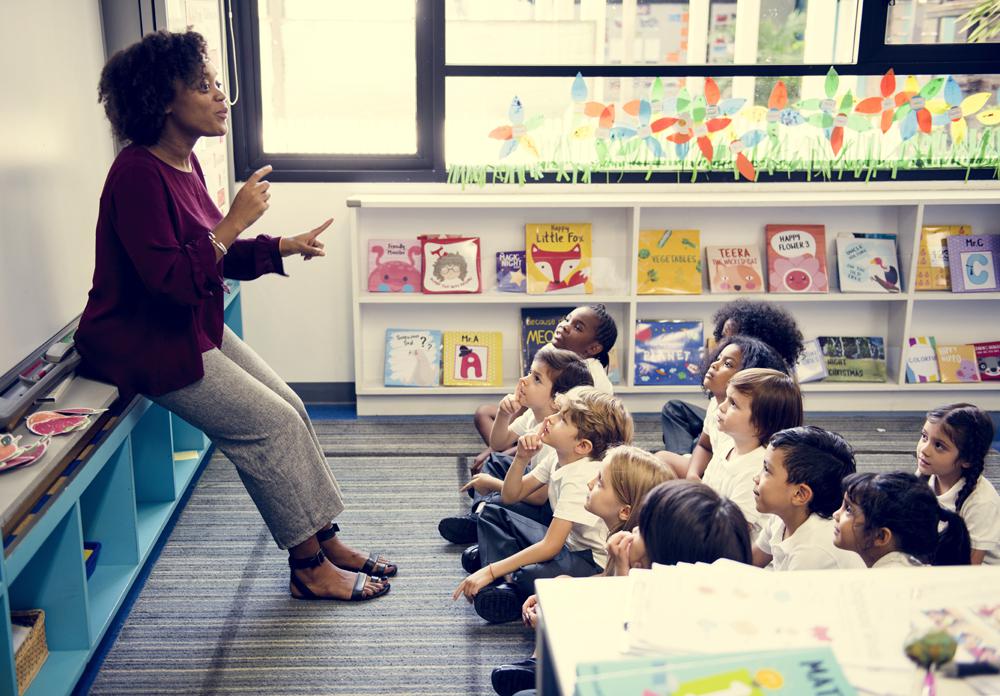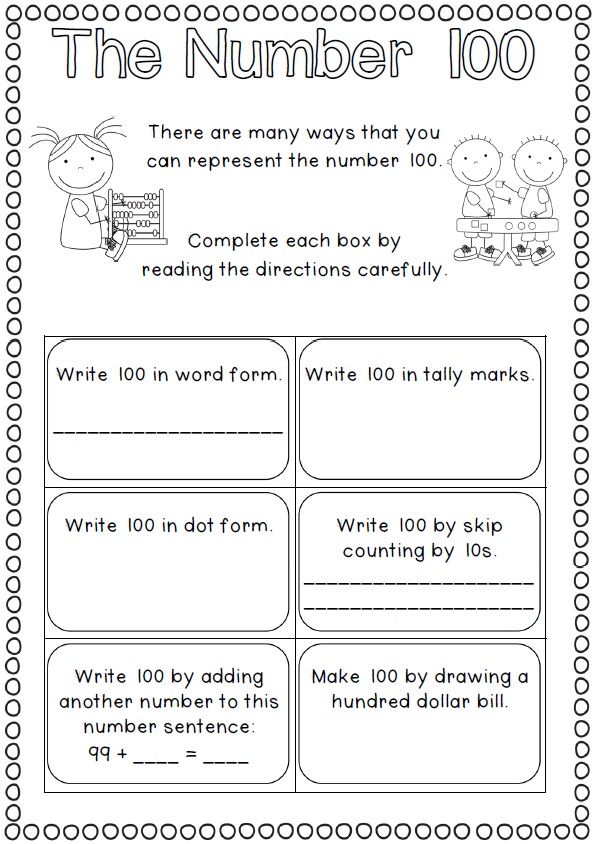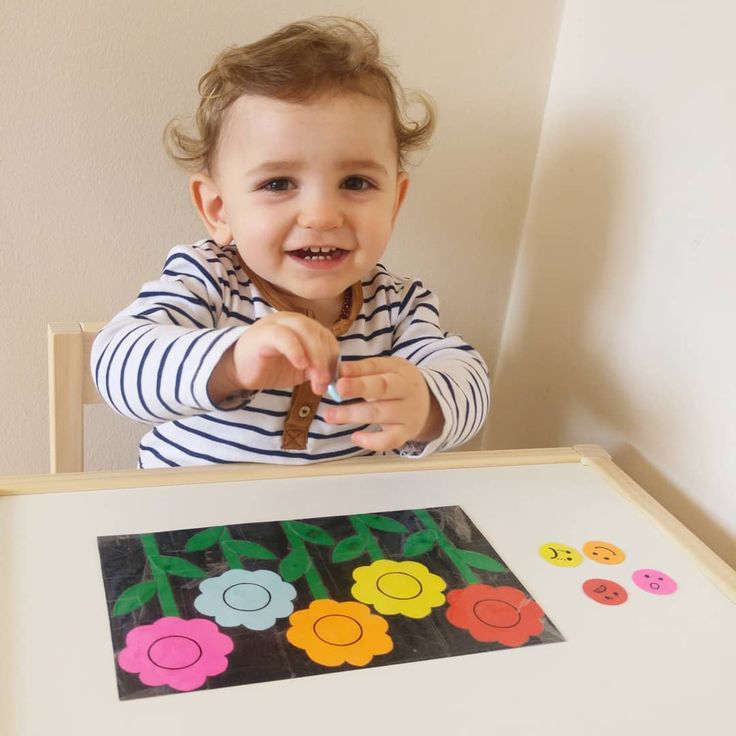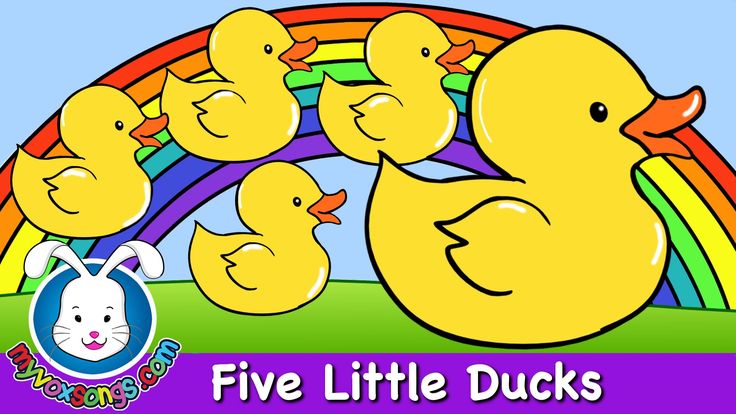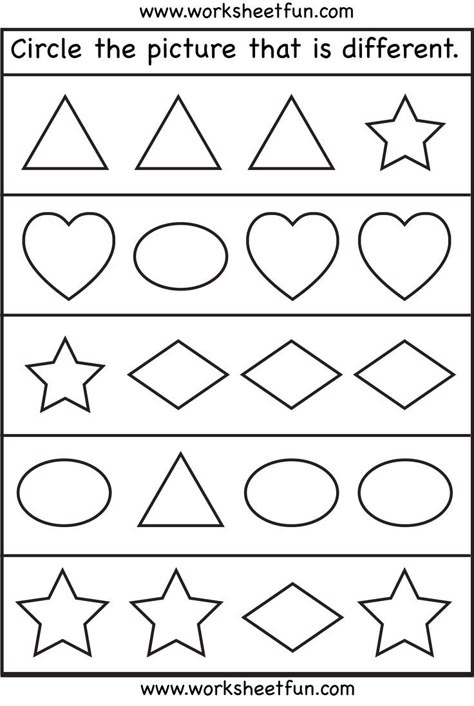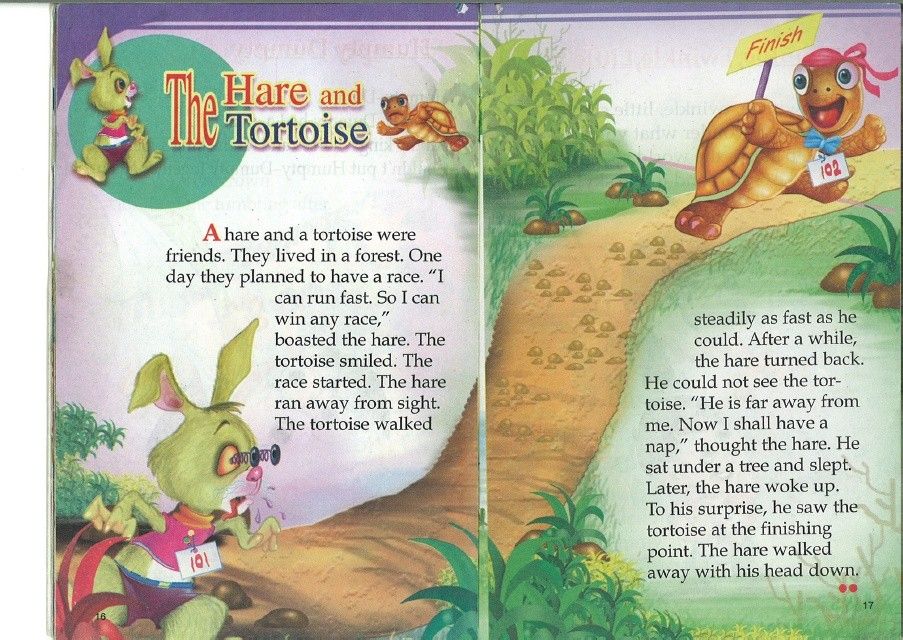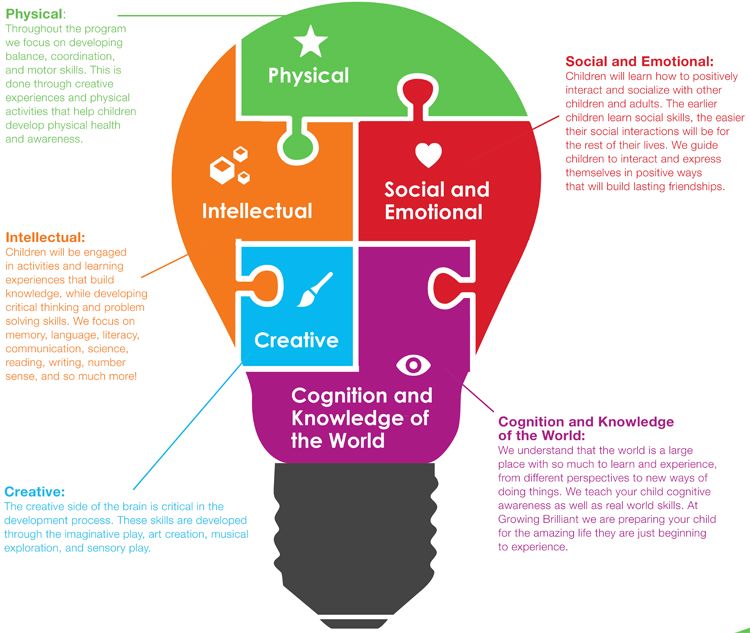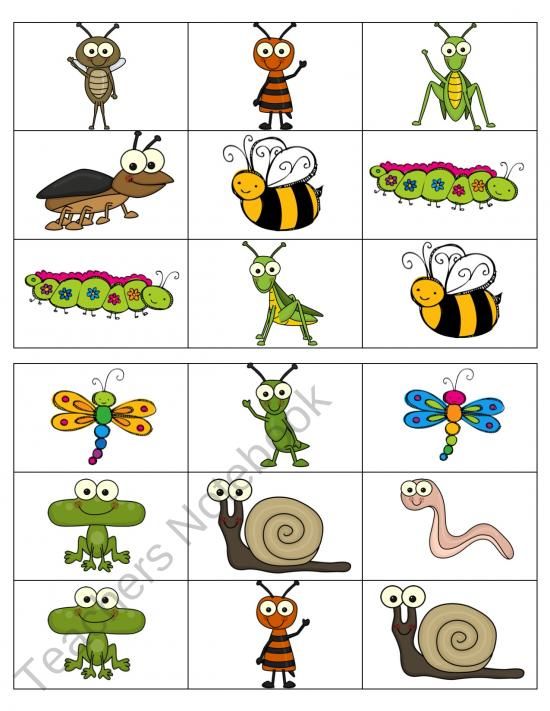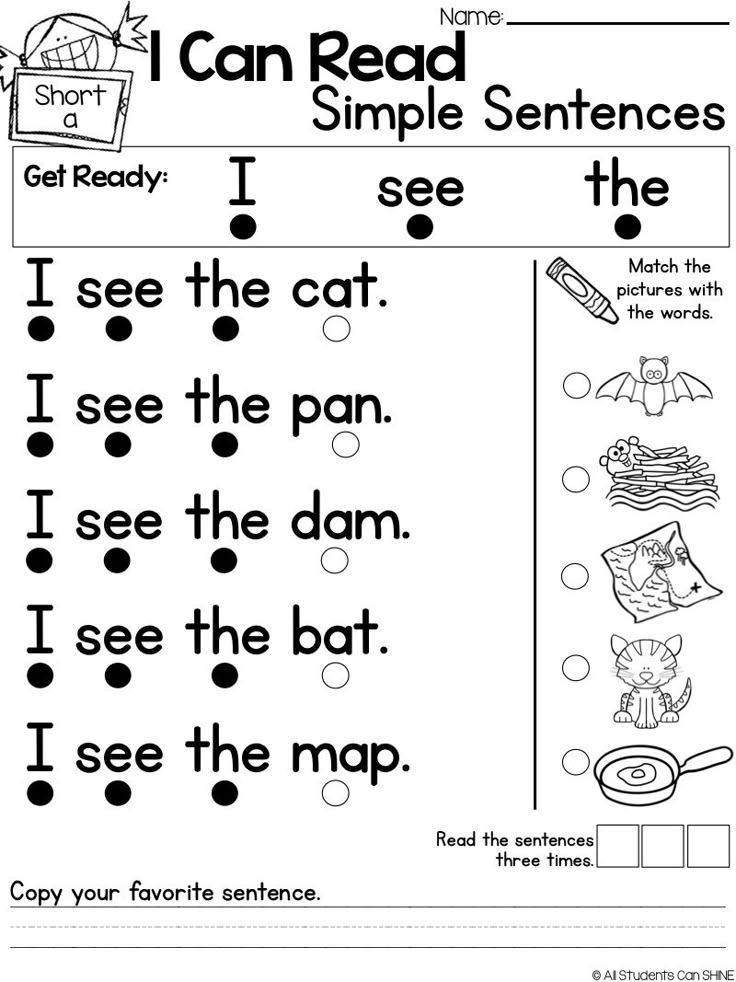Children stages of play
Social stages of play for children 0-6+ years
Any activity that your child does (whether organised or unstructured) that they find fun is considered play. Play is much more than just having fun. While playing, your child learns and develops important skills they will continue to use throughout their lifetime.
There are 6 stages of play during early childhood - all of which are important for all areas of development.
Unoccupied play – 0-3 months
- Babies move their arms and legs with no purpose. They are learning to move and it is the beginning of play.
- Babies are observing their world.
Solitary play – 0-2 years
- Children often play alone and appear to be uninterested in what others are doing.
- This is important because it teaches children how to entertain themselves.
Onlooker play – 2 years
- Children observe others play but do not join the play. They will often use language to find out more about the play.
- This is a common form of play at 2 years but can take place at any time.
Parallel play – 2-3 years
- Children play next to each other but with very little involvement with each other. They may have similar toys and copy each other.
- Social skills are being learnt by observation.
Associate play – 2-3 years
- Children are more interested in playing with others than with toys.
- They may talk and engage with one another.
- They may trade toys.
- There are no rules.
- This kind of play develops problem solving/cooperation.
Cooperative/social play – 4-6 years
- Children are interested in both the people and the activity.
- Groups are more formalised with a leader.
- Children may be assigned different roles.
- The play is organised around specific tasks and to accomplish goals developed by the group.
- This kind of play brings together skills from all other stages.
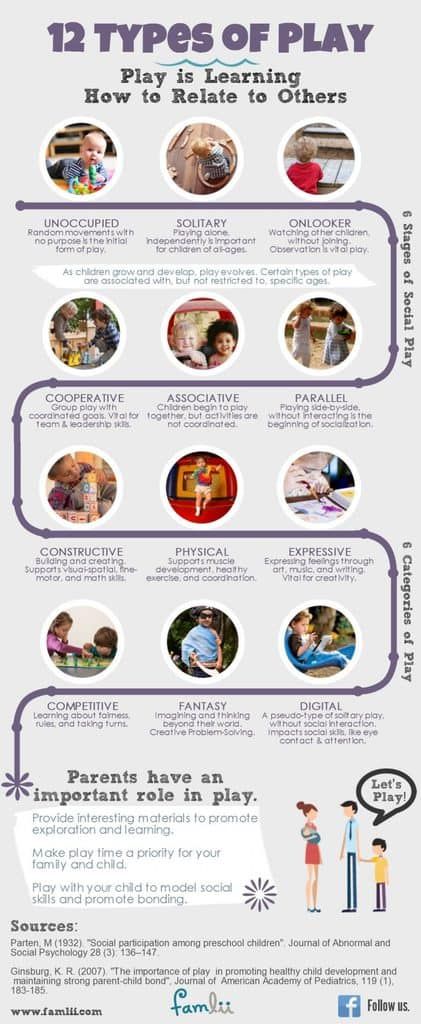
- Necessary for social and group interaction.
- After 6, most play is divided in male/female groups.
Play is important because:
- We are biologically wired to play.
- It gives children the opportunity to practice skills they will need in the future.
- It encourages decision making skills.
- It teaches children how to work together.
- It teaches children how to resolve conflicts and advocate.
- It allows children to discuss what they enjoy.
Play is so important that the United Nation Convention on the rights of the child states in article 31 that children have the right “to engage in play and recreational activities.”
If your child is having difficulty learning to play with others you can:
- Have playdates with one other child initially.
- May need an adult to be involved in play.
- Find moments to teach/model play during parties/structured activities.
- Play family activities like board games/gross motor games.
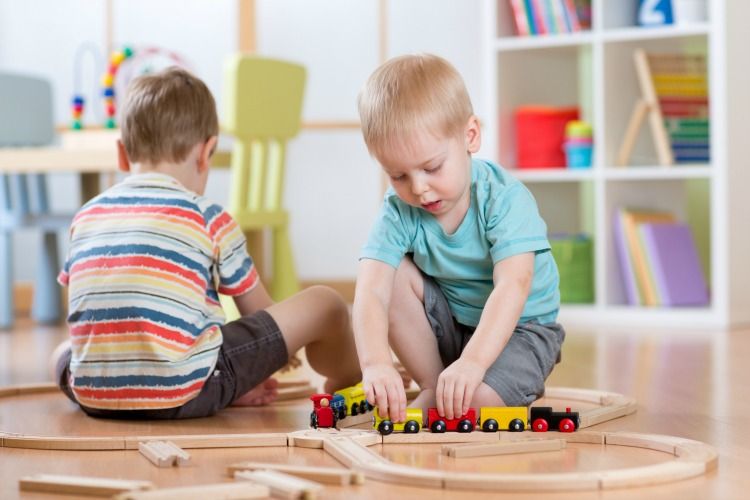
Some games to play at home:
- Imaginary play with household items.
- Play in sandpit.
- Play with outside toys.
- UNO
- Lego and building toys.
- Trouble – board game.
- Cook together with your children and others.
- Dress up play.
- Play with recycled household items.
If your child is struggling with play by themselves or with others when older, speak to your GP, community nurse, occupational therapist, or speech pathologist.
Stay safe, happy, and well,
Deb
The 6 Stages of How Kids Learn to Play
Play is all about having fun! Any activity, organized or unstructured, your child finds fun and enjoyable is considered play. But play is much more than just a fun activity for your child! As a child grows they go through different stages of play development.
While playing, children learn and develop important skills they will continue to use throughout their lifetime.

Problem solving, creativity, and willingness to take risks are just a few of the skills developed through play.
Is your child under 2 years old? Enter your baby’s birthday to get weekly activities to help meet developmental milestones.
Children who use their imagination and ‘play pretend’ in safe environments are able to learn about their emotions, what interests them, and how to adapt to situations. When children play with each other, they are given the opportunity to learn how to interact with others and behave in various social situations. Learn more about your child’s social-emotional development.
Be sure to give your child plenty of time and space to play. There are 6 stages of play during early childhood, all of which are important for your child’s development. All of the stages of play involve exploring, being creative, and having fun. This list explains how children’s play changes by age as they grow and develop social skills.
At this stage baby is just making a lot of movements with their arms, legs, hands, feet, etc. They are learning about and discovering how their body moves.
Solitary Play (Birth-2 Years)This is the stage when a child plays alone. They are not interested in playing with others quite yet.
Spectator/Onlooker Behavior (2 Years)During this stage a child begins to watch other children playing but does not play with them.
Parallel Play (2+ Years)When a child plays alongside or near others but does not play with them this stage is referred to as parallel play.
Associate Play (3-4 Years)When a child starts to interact with others during play, but there is not a large amount of interaction at this stage. A child might be doing an activity related to the kids around him, but might not actually be interacting with another child.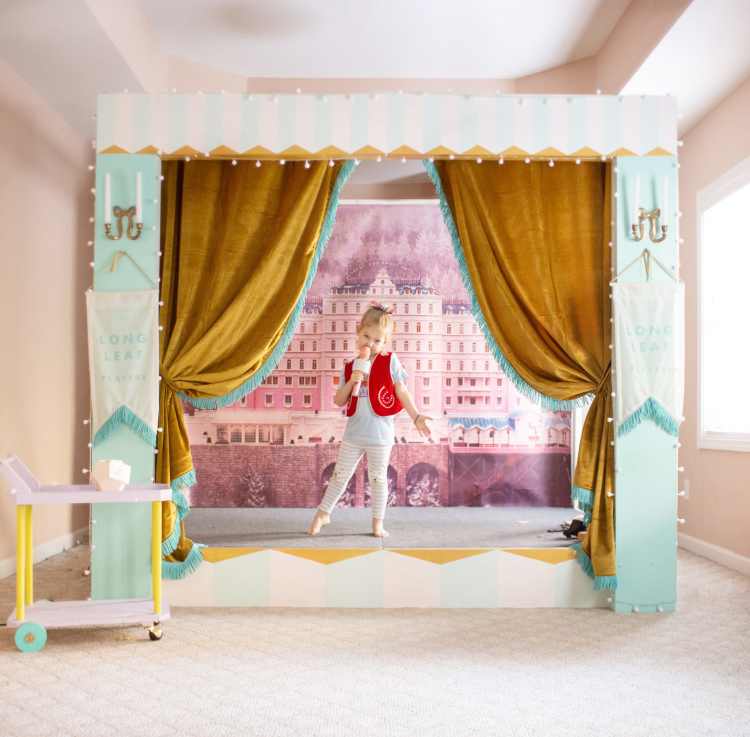 For example, kids might all be playing on the same piece of playground equipment but all doing different things like climbing, swinging, etc.
For example, kids might all be playing on the same piece of playground equipment but all doing different things like climbing, swinging, etc.
When a child plays together with others and has interest in both the activity and other children involved in playing they are participating in cooperative play.
Watch to see what the six stages of play can look like:As your child starts playing with family members and friends, make sure to teach them about sharing and winning and losing.
Play starts when we are babies, but it does not stop there! Including play in your child’s daily routine and giving them time to play is important for their development at every age. These stages are general guidelines for what to expect of your child’s play skills, but remember every child is different and if you have concerns bring them up with your healthcare provider.
These stages are general guidelines for what to expect of your child’s play skills, but remember every child is different and if you have concerns bring them up with your healthcare provider.
Your child makes a lot of changes as they grow. Learn more about how play can change as your little one does.
- How to Play with Blocks at Every Age
- Stages of Peek-a-boo
Sources
7. The main stages of the development of the game in preschool age.
junior preschoolers play alone. The game is object-manipulative and constructive nature. During games improve perception, memory, imagination, thinking and motor functions.
B medium period of preschool childhood child need a peer with whom he will be play. Now mainstream games become an imitation of relationships between people. Role Playing Themes different; certain rules are introduced which the child strictly adheres to.
Senior preschool age role-playing games vary in themes roles, game actions, rules.
B during the game develop mental processes, in particular voluntary attention and memory. In the process of gaming activity develop mental capabilities. During the role play imagination develops. The game also affects personal development of children.Begins evolve reflexive thinking. Reflection is the ability to analyze their actions, deeds, motives and relate them to the common values. There is an interest in drawing and design. Inside game activity starts fold for training activity.
D.B. Elkonin paid great attention to the game. Studying the games of children 3–7 years old, he singled out and described four levels Development
First level:
1) action with certain items aimed for a partner in the game. This includes actions "mother" or "doctor" aimed at "child";
2) roles determined by action. Roles are not are called, and children in the game do not use real relative to each other relationships between adults or between an adult and a child;
Roles are not are called, and children in the game do not use real relative to each other relationships between adults or between an adult and a child;
3) actions consist of repetitive operations, for example, feeding with a transition from one dish to another. Besides action, nothing happens: child does not lose the cooking process food, washing hands or dishes.
Second level:
1) basic the content of the game is an action with an object. But here comes to the fore compliance of the game action with the real one;
2) roles are called children, and separation is planned functions. Role fulfillment is determined implementation of actions related to this role
3) logic actions are determined by their sequence in reality. Quantity action is expanding.
Third level:
1) basic the content of the game is the fulfillment of the following from the role of action. start to stand out special actions that transfer the nature of the relationship with other participants games, for example, contacting the seller: "Give me bread", etc.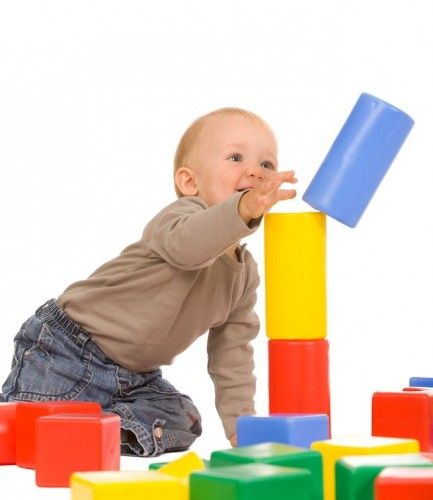 ;
;
2) roles clearly outlined and highlighted. They're called before the game, define and direct behavior child;
3) logic and the nature of the actions are determined by the taken take on a role. Actions become diversified: cooking, washing hands, feeding, reading a book, going to bed, etc. Present specific speech: the child gets used to in the role and speaks as required by roles. Sometimes during the game emerge as real relationship between children call names, swear, tease and etc.;
4) protested violation of logic. This is expressed in that one says to the other: "This does not happen." The rules of conduct are defined children must obey. Wrong performance of actions is noticed with on the other hand, it makes the child upset, he tries to correct the mistake and find her excuse.
Fourth level:
1) basic content - the execution of actions, relating to other people, the roles played by other children;
2) roles clearly outlined and highlighted. During the game child adheres to lines of conduct. Role functions of children interconnected. Speech is clearly role-playing character;
During the game child adheres to lines of conduct. Role functions of children interconnected. Speech is clearly role-playing character;
3) actions occur in sequence recreating real logic. They are varied and reflect wealth the actions of the person portrayed by the child;
4) violation the logic of actions and rules is rejected. Baby don't want to break the rules explaining this by the fact that it is so in fact deeds, as well as the rationality of the rules.
Stages of children's play - from Natalia Leykina
Hello. I want to share with the community a useful article written for our magazine "Family Education" (www.semeynoe.com) child psychologist, game therapist Natalya Leykina (http://risuem-i-igraem.ru).
"Family education" - the first magazine in Russia about out-of-school education. By publishing the magazine, we want to convey to parents the information that they always have a choice in how to educate their child.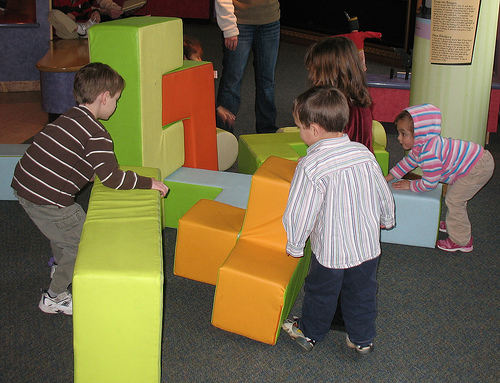 That going to school is one of the options. That you can not go there, or go in doses. That when choosing an educational strategy, it is important to take into account, among other things, the individual characteristics of the child.
That going to school is one of the options. That you can not go there, or go in doses. That when choosing an educational strategy, it is important to take into account, among other things, the individual characteristics of the child.
DIRECTOR'S PLAY. Age 3-4 years. The author of the article is Natalya Leykina. Photo - Alina Shcherba. Until the age of three, the baby learns the surrounding reality, objects and their functions. Everything tastes and color, feels, examines. This is my bed, here I rest, listen to lullabies and sleep sweetly. This is the floor, it is solid, they walk on it. And I'm sitting on a smooth chair. There is no game yet. There is an active study of the objects of this world and play actions with toys: we roll the car, feed, bathe, put the doll in the crib, build from cubes, cook soup like mom or hammer a nail like dad.
The task of adults at this stage is to “deliciously” talk about the objects that surround the child in the children's room, in the kitchen and in other places, i.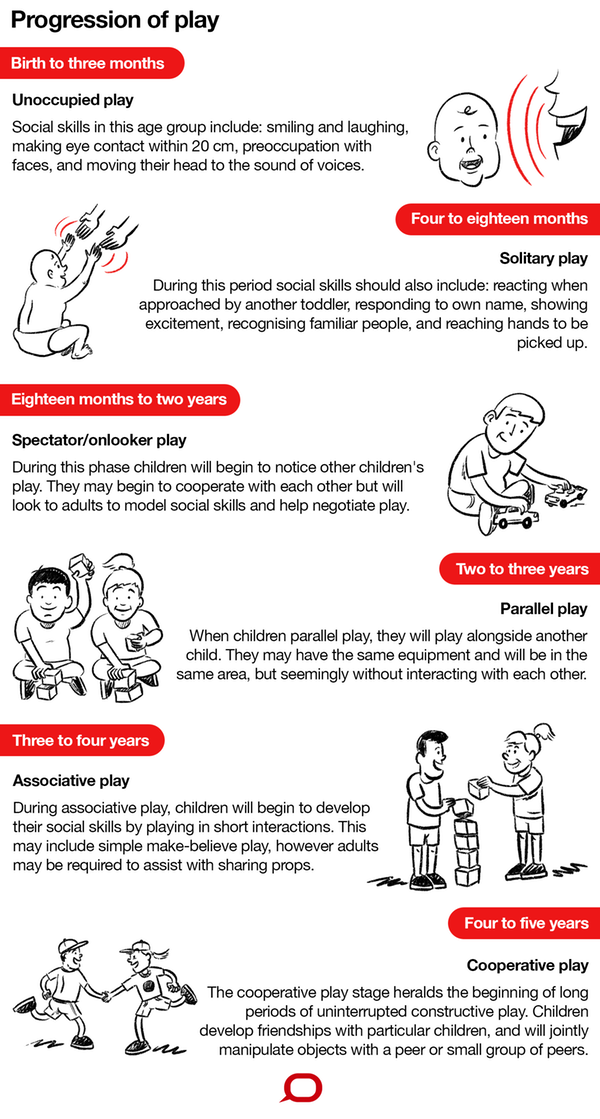 e., starting from the immediate environment of the objects. Gradually, the child learns from an adult about the purpose of each object, and actively and freely begins to manipulate them, using them for their intended purpose and not for their intended purpose, invents and discovers new ways of using things that are familiar to us.
e., starting from the immediate environment of the objects. Gradually, the child learns from an adult about the purpose of each object, and actively and freely begins to manipulate them, using them for their intended purpose and not for their intended purpose, invents and discovers new ways of using things that are familiar to us.
The role of an adult is to verbalize and give a common meaning to all these disparate objects, to bring them to life.
For example, it was just a saucepan and a ladle, or some kind of plate, and suddenly a toy Bunny may come and want to have lunch. And then it becomes possible to combine all these separate objects into one plot: cook porridge and feed this bunny. And even better, if we take some object, for example, a spoon, and say: “Oh, look, this is some kind of Giant who wandered into us here. Come on, Giant, where do you live? Thus, we begin to use the so-called substitute objects, we see other images in things that are familiar to us.
Period from 2.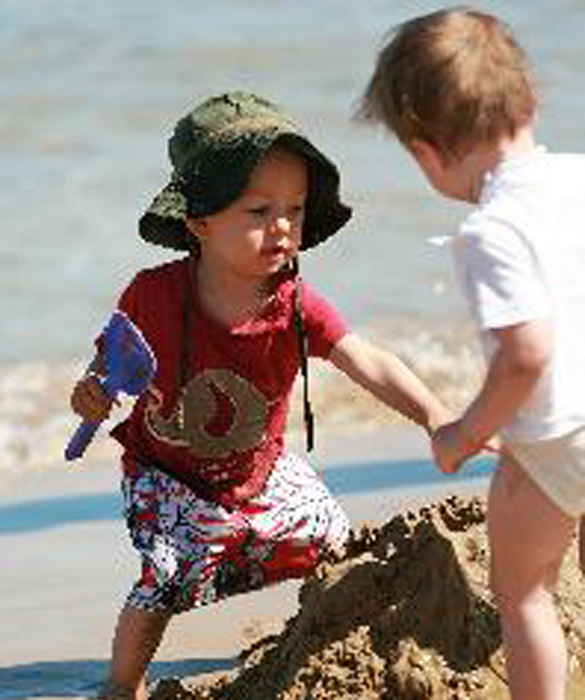 5 to 4.5 years
5 to 4.5 years
From the age of 2.5-3 years, the child begins to play small stories with small toys with pleasure. Learns to invent a plot, voice characters and watch it. He becomes the director of his little play. This is the beginning of the child's play. And it is connected with the fact that after 2.5 years the imagination begins to work actively. Your baby becomes a little magician, able to enliven any space around with his eyes.
Playing day after day, a 3-year-old child discovers more and more the world of play, which has its own rules and laws. At this stage, it is very good for an adult to connect. There is nothing complicated. We take several toys: a bear, a hare, a bucket. From the designer we build a dwelling for little animals. We compose a simple children's story: a fox came to a wolf cub, invited him to his birthday, baked a pie, invited a hedgehog, drank tea and pie together. We can remember a fairy tale or compose our own story. A little imagination and everything will work out.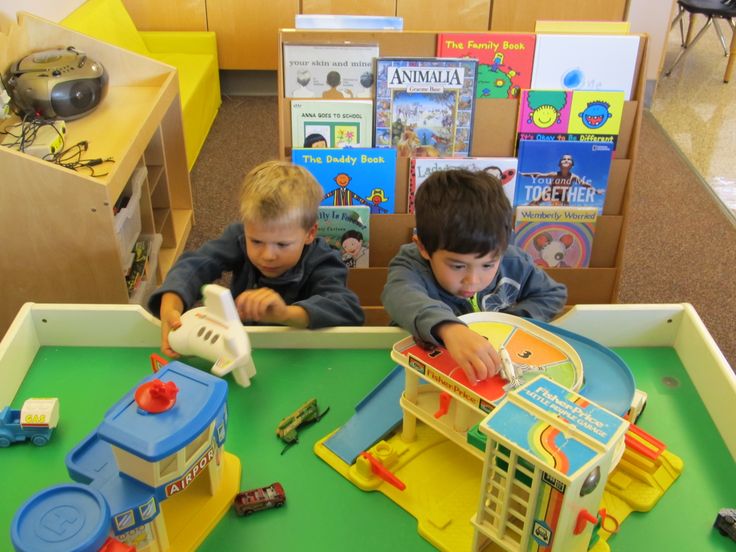
It does not matter that the child immediately participates in the game a little, looks more. He learns, matures, he becomes interested. Soon the baby takes the toy himself and voices it. Then he develops the plot and can play a little himself. The more you play together, the better your child will get. Soon he will be able to easily come up with a plot himself, line up all the toys in the play space and play with pleasure. The first task has been completed. We taught the child to play independently.
Over time, this process captivates the baby so much that he no longer wants to accept not only adults, but also peers into the game. Independently creates a plot and lives all the roles. And he does not like it when his action is watched from the side. Now he is the main director. And the director's game is individual, the child here often does not need peer partners, he needs to feel himself a creator.
The kid accepts an adult to play, or an older one, if he knows how to play well and is a model: he can show interesting ideas, for example, voice toys, add variety to the plot.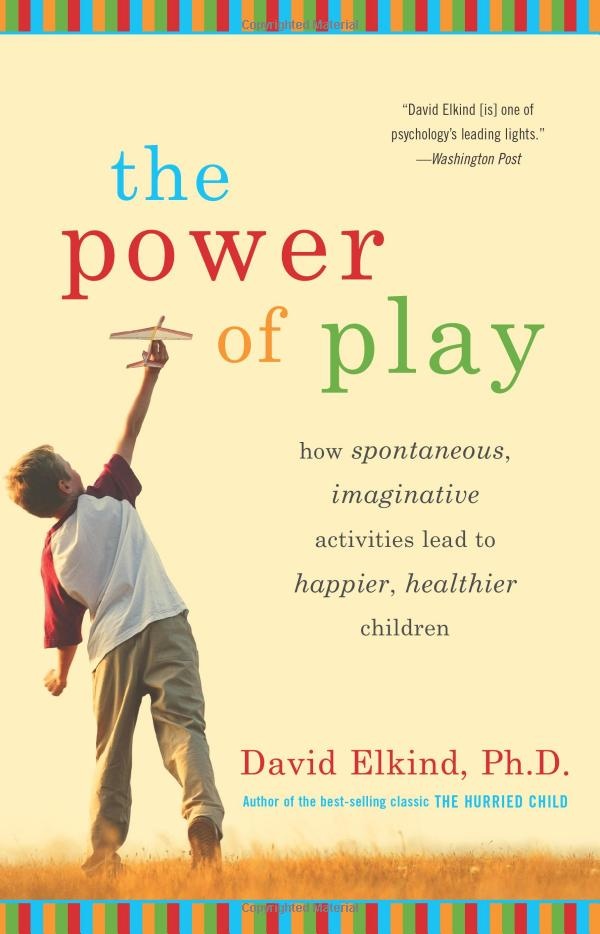 If children of the same age enter the game, then it is desirable that an adult at the first stages of interaction helps each participant build their own play space, develop the plot, or combine everything into a common one. Without an adult, children 3-4 years old do not cope very well with such a task on their own.
If children of the same age enter the game, then it is desirable that an adult at the first stages of interaction helps each participant build their own play space, develop the plot, or combine everything into a common one. Without an adult, children 3-4 years old do not cope very well with such a task on their own.
Observation of children playing:
The games of children up to about 4.5 years old are mostly individual. It is important for them to be a "creator in the game": to develop their plot and realize their plan. Here, the child develops initiative and his own meaning.
I come to play with three 4-year-old children. One wants to develop a story about porridge and a house, another about an evil queen, and a third about horses and the sea. And they can't come to an agreement! What am I doing? I play for three.
I provide space for the implementation of three plots in parallel, and at some point everyone meets in one plot and can already agree and adapt to each other.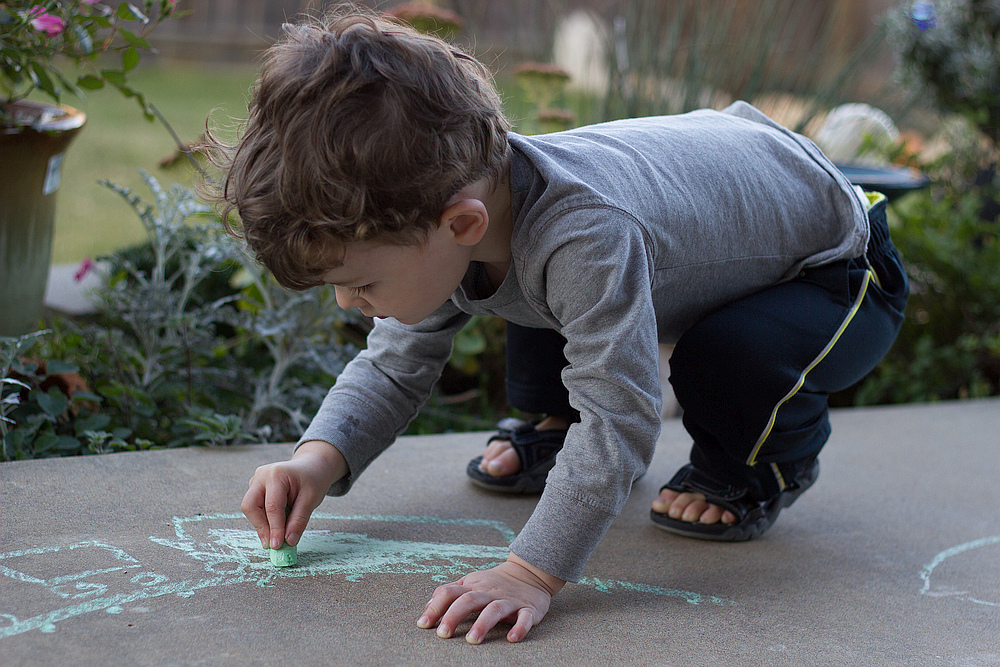
The most interesting thing happens after our hour of playing together. The free play of children... already without me. And at this time we are drinking tea with another mother and admiring our children playing!))
Some important keys to the game of children of 3 years old
We must not insist on the game, do not force voice characters. The child will willingly and easily begin to do this when he is ready. It suffices to show an example.
It is important to voice characters by changing voices, and not to tell a story from a third person, simply by moving toys. It is also useful to introduce substitutes for missing characters or objects into the game with children. For example: "this cube will be a wolf, but this wand will be a tree." The use of such substitute objects develops children's imagination and thinking very well.
Director's game of 3 years is very important for the development and preparation of the child for school. It prepares them for the next stage - a figurative, plot-role-playing game by the rules.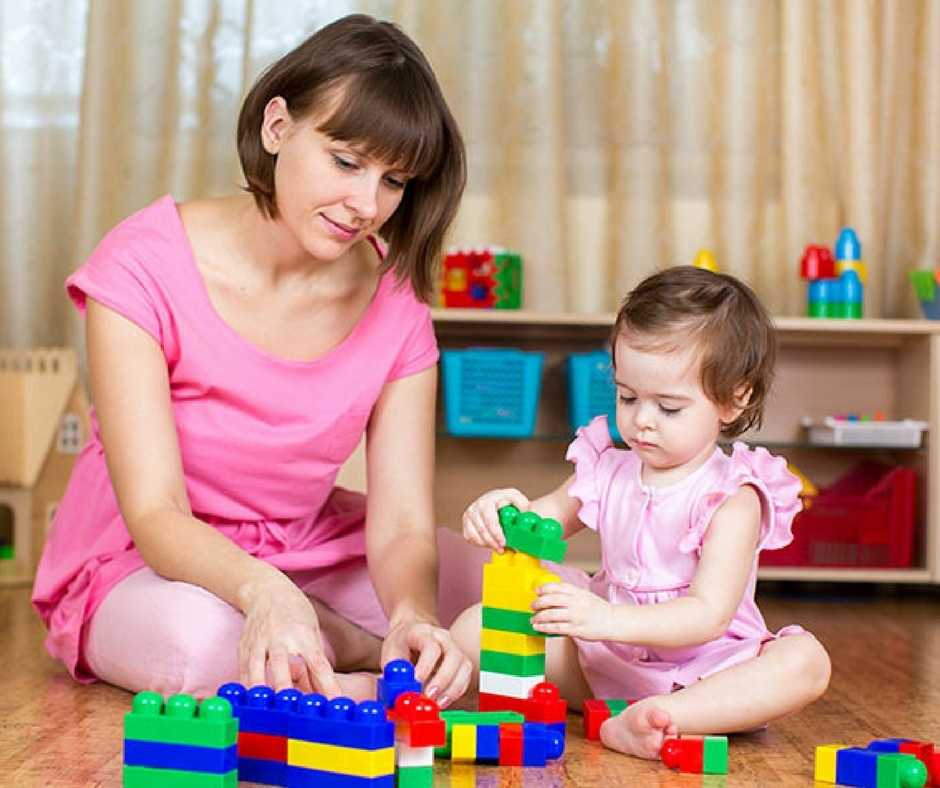
As experience shows, directorial play is often poorly developed in children. But it is this game that is the foundation of the child's play activity. It is the play of children of 3 years old that affects whether the child will play on his own and with other children. Therefore, it is very important to pay special attention to the director's game of children in time. "Unfinished" in the director's game, the child will face difficulties in the manifestation of creative skills, in writing essays, in planning, both long-term and short-term. Children enjoy playing this game until they are about 5 years old. The plots of their games develop, become complex and diverse.
IMAGINATIONAL GAME. Age - 4-5 years. The figurative game is very loved by children. Perhaps the most beloved, because children play it for a long time (from 2.5 to 8 years). It becomes central from the age of 4, and the beginning falls on about 2.5 years. At some point, not your beloved son or daughter, but a small kitten or lion cub may come into your kitchen.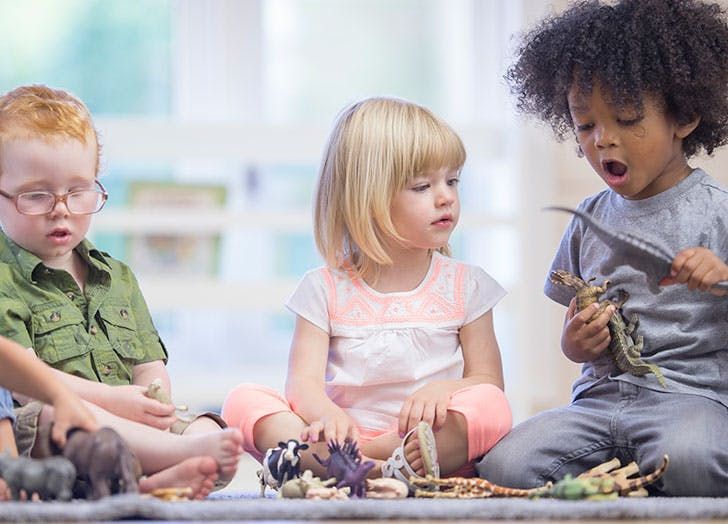
And here already the child learns to control not a toy, as in a director's game, but himself. As a rule, children begin by turning into animals, these are the pets that are closest to the child. Gradually, they can take on the role of fairy-tale characters, then the images of people. Now the child does not need a kitten toy, behind which he was hiding in the director's game, here you can become a kitten, a lion, a tiger, a snake, a monkey, a knight, a princess, a rescuer, a firefighter yourself. It is very important that the child learns how to master the image and, accordingly, to keep this image.
How can an adult play with a 4-year-old child?
Recently she told her sons that she saw two cats fighting, and showed how terribly they meow, arch their backs, stare and hit their paws in the face, bite and pounce on each other.
After my story, the children immediately turned into cats. The elder attacked the younger, they meowed, rolled on the floor. I had to throw my slippers at them, swear menacingly, stomp my feet. The cats were frightened and ran in different directions.
The cats were frightened and ran in different directions.
Then I turned into a dog, drove the cats under the sofa and barked menacingly at them. Then I was a mother cat, and they are my kittens. Then I again became their formidable mistress. It is interesting that the eldest son, 8 years old, being a cat, only meowed, did not talk (he gets used to the image so well). And the younger spoke and meowed at the same time. This is how we got the game!
An adult can support the game by developing the plot with the image that the child has assumed.
For example, your son or daughter comes and says: “Mom, I am a cat!”. You: “And I am your mistress, what a cat I have! - Stroking, scratching behind the ear. - I’ll give her milk (pour it into a saucer and put it on the floor). Come on, I'll play with you!" Make a rope and play cat and mouse.
In this way, we give the child the opportunity to live the image of a kitten. He himself still does not have enough strength to hold the image, and at the same time develop the plot.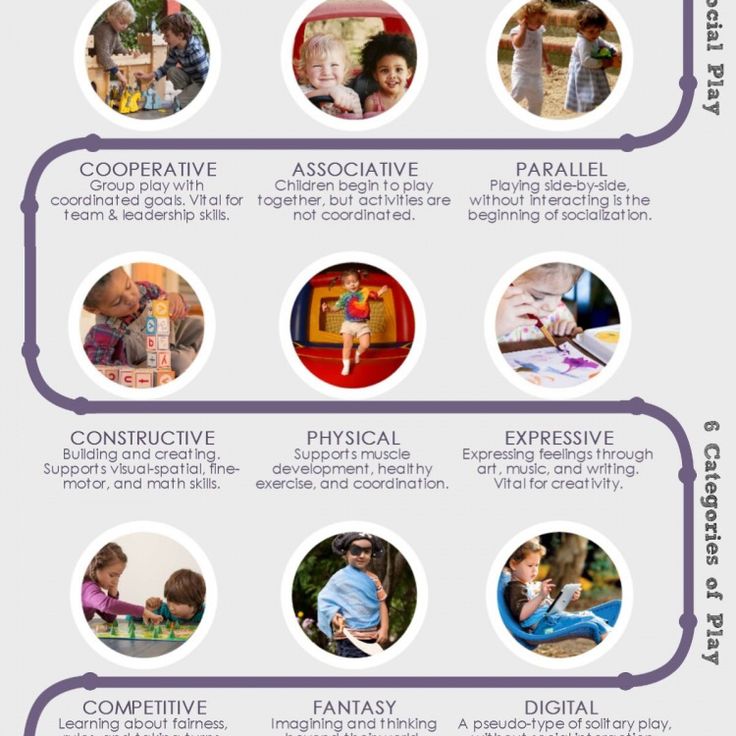 And the image is very well lived in the plot. The plot is the framework for the image. ❗️Role of an adult in imaginative play❗️
And the image is very well lived in the plot. The plot is the framework for the image. ❗️Role of an adult in imaginative play❗️
The adult gives information about the character that the child wants to be. This is an important point. The child must see it. Images can be taken from books, children's encyclopedias, watch BBC films, cartoons. We can simply set a pattern of game behavior, showing how a game character can behave.
You definitely need different rags, costumes, and other attributes that can emphasize the image. Dressing up helps you transform. It is better for small children to furnish the play space as much as possible.
The older the child, the easier it is to reincarnate, and he does not need many attributes. He can imagine it all.
At the age of 3-5 years, paraphernalia is more important, imagination develops based on the object environment. And older children can be told: “Let's imagine that there is a ship here!” - and that's enough for them.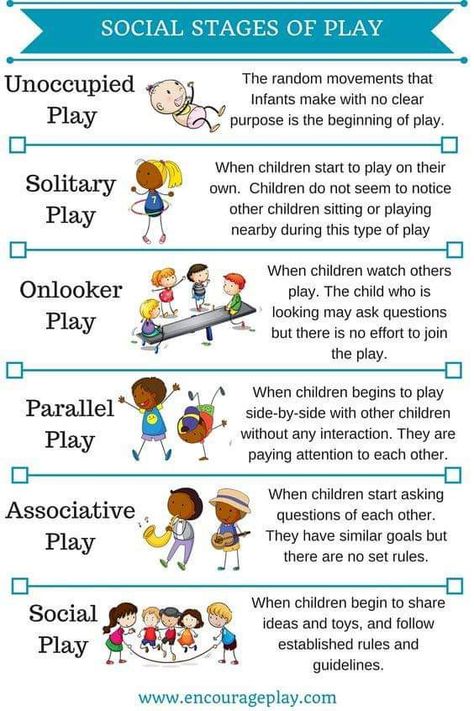
It is important to give some part of the room to children for their games and let them turn this part into a play space: rearrange chairs, turn them over, cover them with blankets, build different houses, change something, bring something.
Adults also help the child quickly get out of the game. The words "stop game" and the removal of paraphernalia help a lot in this.
5 stages of development of children's figurative play
Stage 1 - imitation
The child begins to imitate the behavior of animals, as a rule, without a plot at 2.5-3.5 years. Just the very fact of reincarnation is very important for him. I am a squirrel, I am a dog, I am a cat.
Stage 2 - first stories
The child depicts an animal, the image of which plays out in a simple story at 3.5–4 years. It is important to enter the game and let the kid live his image. The more images the child takes on and loses, the better it is for his development.
Stage 3 - full immersion
Entering the image and fully playing it.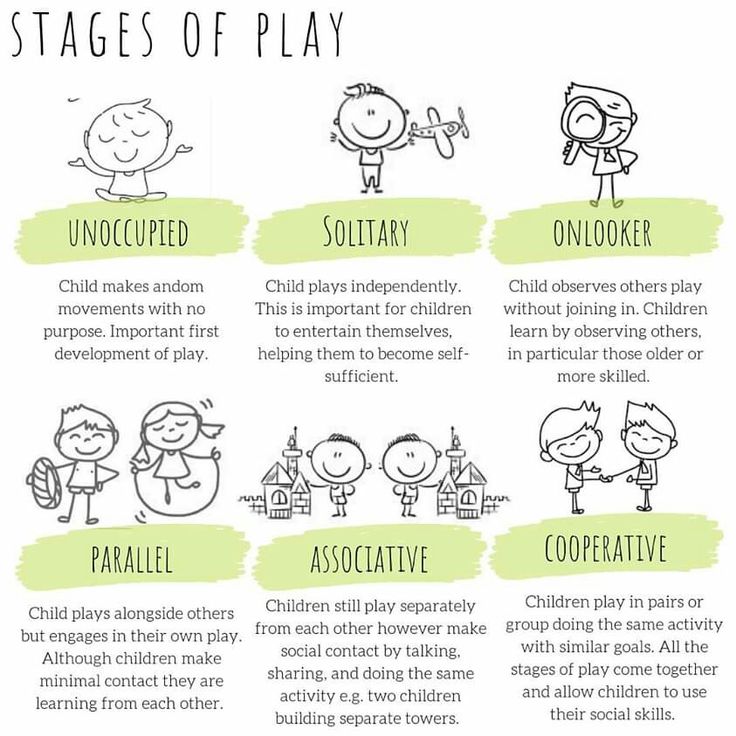 Approximately 4.5-5 years. Can take on images of plants and trees, cars and aircraft.
Approximately 4.5-5 years. Can take on images of plants and trees, cars and aircraft.
Stage 4 - a fairy tale in reality
The kid takes on the images of fairy-tale characters, plays out the plots known to him and tries to compose his own fairy tale. It is important at this moment to help the child develop personal ideas and not interfere with him, no matter how funny and unreal the plot may seem to you.
Stage 5 — Real Professions
At the age of 5-5.5 years, children enter the images of people: cashiers, dispatchers, rescuers, doctors. And just here there is a transition to the central game of the preschooler - role-playing!
The task of an adult is to support and develop the plot in order to help the child to play the image.
If in their games during the period of 2.5-4 years our children prefer to build a play space on a table, in a box, in a sandbox, on the floor, then in figurative play more room space is already occupied.
The child learns the ability to isolate and retain the behavioral context of the image taken on.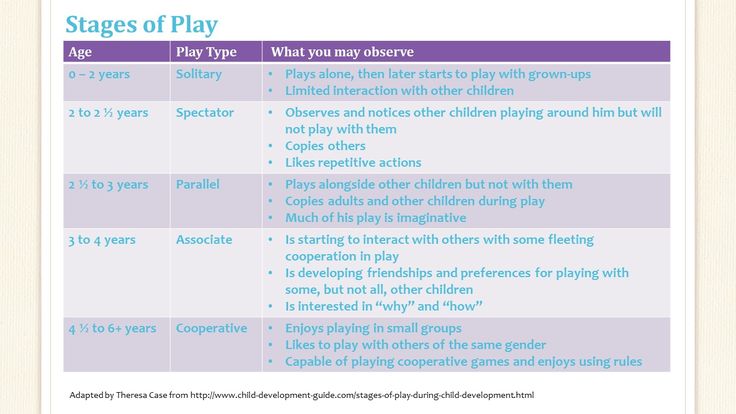 Through living the image, he prepares himself to obey the rules. Masters the ability to fix images with appropriate attributes. This game actively develops the imagination and the ability to reincarnate!
Through living the image, he prepares himself to obey the rules. Masters the ability to fix images with appropriate attributes. This game actively develops the imagination and the ability to reincarnate!
In figurative play, the child learns to control himself. It is in this game that the child develops the ability to identify, i.e. when we can appropriate the traits of other characters or other people. Through this, feeling, understanding of other people, empathy develops. And just in time for five years, a child can already move away from an egocentric position, when not only “I” is in the center, but people around me, and when there are other people, they also feel something, experience something. And the child has such an ability - to stand on the point of view of another person.
Of course, this does not happen right at the age of five, but it originates and begins to develop precisely in the figurative game. Here a child, especially one who is well accustomed to images, can turn into one image, another .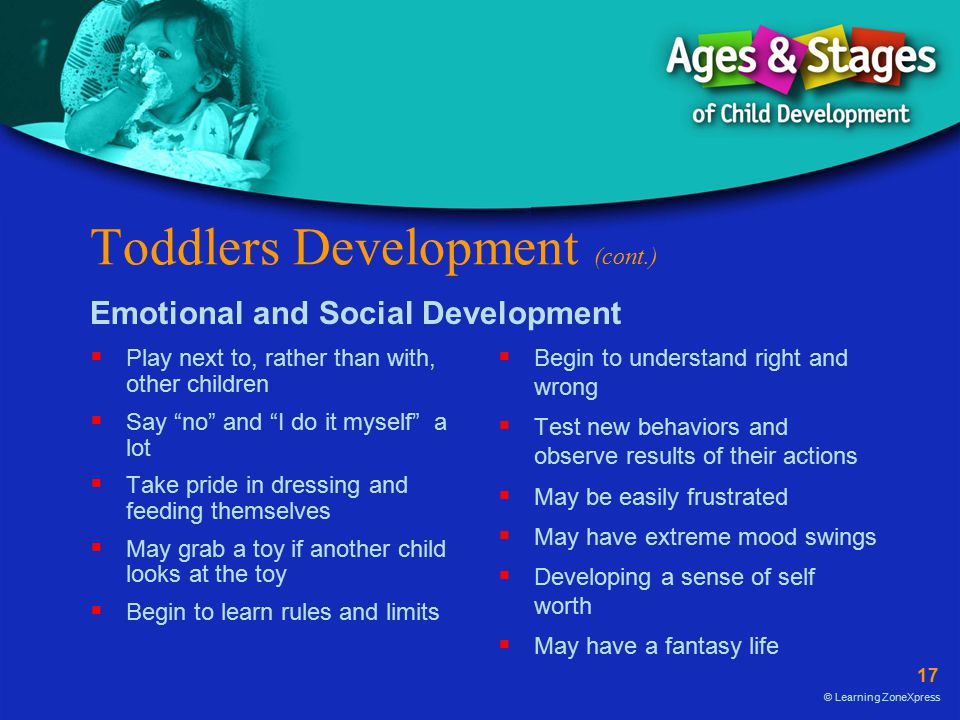 .. He seems to be hiding behind these images and says: "This is me and it seems not me." And this ability to identify allows the child to adopt, among other things, the values, customs and rules of the family, join them and make them his own. A very, very important game.
.. He seems to be hiding behind these images and says: "This is me and it seems not me." And this ability to identify allows the child to adopt, among other things, the values, customs and rules of the family, join them and make them his own. A very, very important game.
STORY_ROLE PLAY. Age - 5-6 years. She is called the queen of all games. This is a very important game, and here it is not the plot, not the image that becomes attractive for the child, but the relationship between the roles. And here the child definitely needs peers, because relationships are at least two. And the child has a natural need to play with peers. At the previous stages, these are more individual games, i.e. children play nearby. They may at some point unite in a common plot, but basically they develop their images and develop their plots. And at this stage already - "I need a person with whom I will build relationships." Of course, the first role-playing games in children are what they see around them.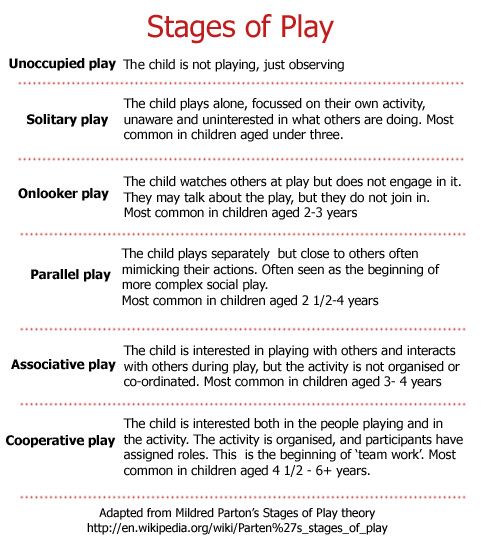 These are mothers and daughters. And it is in this game that the child begins to learn to negotiate with others. I come across different experiences. Every child has their own experience. Each of us has different families, different roles that mom and dad play. And when a child wants to play mother-daughter with other children, it is necessary to agree here, because there is no single scenario. What will mom be like? What will dad be like? What will the children be like? What will be the situation? And here, whether you like it or not, you have to learn to negotiate. Otherwise, you will be out of the game. And the child already has huge desires and needs, this game is attractive for him, so he learns to do it, he has motivation. He is forced, so to speak, to step on his own throat and is forced to adapt. But, nevertheless, on the other hand, here the child learns to express his point of view, to explain his position. Not just adapt, but also be an active participant in the negotiations.
These are mothers and daughters. And it is in this game that the child begins to learn to negotiate with others. I come across different experiences. Every child has their own experience. Each of us has different families, different roles that mom and dad play. And when a child wants to play mother-daughter with other children, it is necessary to agree here, because there is no single scenario. What will mom be like? What will dad be like? What will the children be like? What will be the situation? And here, whether you like it or not, you have to learn to negotiate. Otherwise, you will be out of the game. And the child already has huge desires and needs, this game is attractive for him, so he learns to do it, he has motivation. He is forced, so to speak, to step on his own throat and is forced to adapt. But, nevertheless, on the other hand, here the child learns to express his point of view, to explain his position. Not just adapt, but also be an active participant in the negotiations.
Here it becomes interesting for the child to reflect precisely the social attitude. And at this stage it is very good to tell the child a lot about our social structure. How the store works, who works in it, who is responsible for what, where the boss is the subordinate. Hairdresser, fire department. It is very good to go to these places, observe everything, look, but if there is no such possibility, then you can take it from books, from some documentaries, show the child those roles and those contexts of situations, i.e. stories in which these roles can be played. Visit places where there is social life more often. It is very important here that in this game the children enrich each other very well, because, once again, I will say that each of us, individually, has a rather limited experience, and when we meet others, they enrich our experience just as we do. enriching the experience of others.
So, in this game, the adult is no longer needed as much as in the previous stages.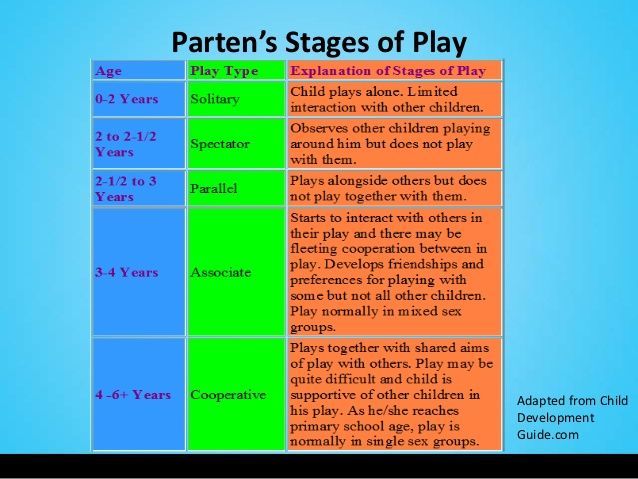 Here you can help build something, for example, some kind of play space, talk about the role, talk about social relationships. But here the child completely controls the game himself. He controls the plot, and the role, and attitude in the game. He makes sure that it is carried out, played according to the plot that is planned. And the most important thing is that a lot of emotions arise in a child here, since a preschooler lives mainly in a play space, such an ideal space, and only gradually takes root in reality. Do you know that it is emotions that are responsible for intelligence in preschool age? Therefore, the better the child develops emotionally, the better emotionally he lives his life, his game, the higher the child's intelligence.
Here you can help build something, for example, some kind of play space, talk about the role, talk about social relationships. But here the child completely controls the game himself. He controls the plot, and the role, and attitude in the game. He makes sure that it is carried out, played according to the plot that is planned. And the most important thing is that a lot of emotions arise in a child here, since a preschooler lives mainly in a play space, such an ideal space, and only gradually takes root in reality. Do you know that it is emotions that are responsible for intelligence in preschool age? Therefore, the better the child develops emotionally, the better emotionally he lives his life, his game, the higher the child's intelligence.
GAMES BY THE RULES (6-7 years old). There is no longer an attractive plot, there are no more attractive roles for which the child hides. Here, in fact, the plot itself is a rule that is important to observe. Often we can see that children negotiate rules more than they play. In every sense, playing by the rules is the best school, preparation for the future student. Because games by the rules are such a school of arbitrariness. Arbitrariness - it is very important for future students. Arbitrariness is when a child can control his behavior, his feelings, his emotions, his actions and obey the rules that exist in the space where he is now.
In every sense, playing by the rules is the best school, preparation for the future student. Because games by the rules are such a school of arbitrariness. Arbitrariness - it is very important for future students. Arbitrariness is when a child can control his behavior, his feelings, his emotions, his actions and obey the rules that exist in the space where he is now.
Here the child develops the ability to obey the rules, and voluntarily. Comprehends the rules, and makes them personally meaningful. It is in this game that the child learns to connect "I want" and "I must." We remember that preschoolers live under the influence of “I want”, and this is important. It is important for them to get to know their desire. It is in “I want” that there is a lot of energy, a lot of emotions. But gradually the child learns to regulate his “I want” and correlate them with “must”. And he does it voluntarily. And here it is important not only to assimilate the rules, to obey the rules, but also to develop a loyal attitude to the rules. Not all rules can be liked, but nevertheless, "I am loyal enough to obey these rules if I am in this space." The child learns here not just to obey, but to rethink the rules. They have a stage of the game where they create their own rules, i.e. they build some kind of game according to their own rules, formulate these rules, and it will even be possible to play by these rules later. And it is very important that here the child acquires the ability to use the rules. Zhanna Sugak gives the following example: "We know that there is a rule: before you put a cabinet in some place, you need to measure it, but it's one thing to use this rule, measure it and only then put it, another thing is to take an eye just move it and then see if it fits or not." Here is the big difference. We may know the rules, but we may not use them. Here we have such a wonderful game by the rules.
Not all rules can be liked, but nevertheless, "I am loyal enough to obey these rules if I am in this space." The child learns here not just to obey, but to rethink the rules. They have a stage of the game where they create their own rules, i.e. they build some kind of game according to their own rules, formulate these rules, and it will even be possible to play by these rules later. And it is very important that here the child acquires the ability to use the rules. Zhanna Sugak gives the following example: "We know that there is a rule: before you put a cabinet in some place, you need to measure it, but it's one thing to use this rule, measure it and only then put it, another thing is to take an eye just move it and then see if it fits or not." Here is the big difference. We may know the rules, but we may not use them. Here we have such a wonderful game by the rules.
And at seven years old it is HIGH LEVEL DIRECTOR'S GAME when the child plays everything in his imagination, this is about the same game as the "director" at 3-4 years old, but it is more complex, there are many different characters , there the child completely goes into an individual game, and in fact, this game accompanies him until adolescence.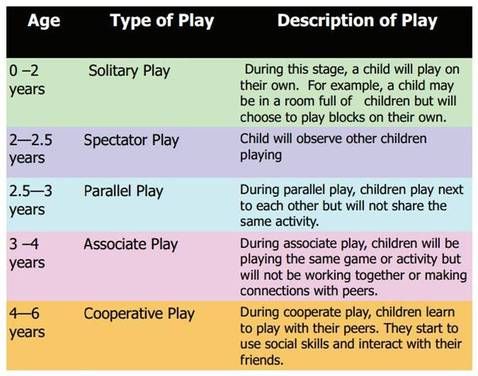
Here it should be noted that the child has all the games in his arsenal. And if he passed all the stages well, but at the age of seven he can play with pleasure the director's object game, manipulation with small toys or figurative game. But, nevertheless, each age has its own main, central game, this must be remembered.
I also want to add that imaginative play is a kind of psychotherapy. It is in this game that the child learns to deal with many problems. It is for many adolescents who have an identity crisis, a crisis of themselves, a crisis of feeling themselves in this world, moving themselves into this world, that theater studios are very useful, where a child can learn to express himself, he can get used to different images, appropriate certain qualities of these images, master them. Thus, it turns out that for teenagers this ability to play is very important and helps them in becoming themselves as individuals. Let's remember that the game is a school of life, it is, first of all, a way to control oneself, it is such a training for a future adult life.